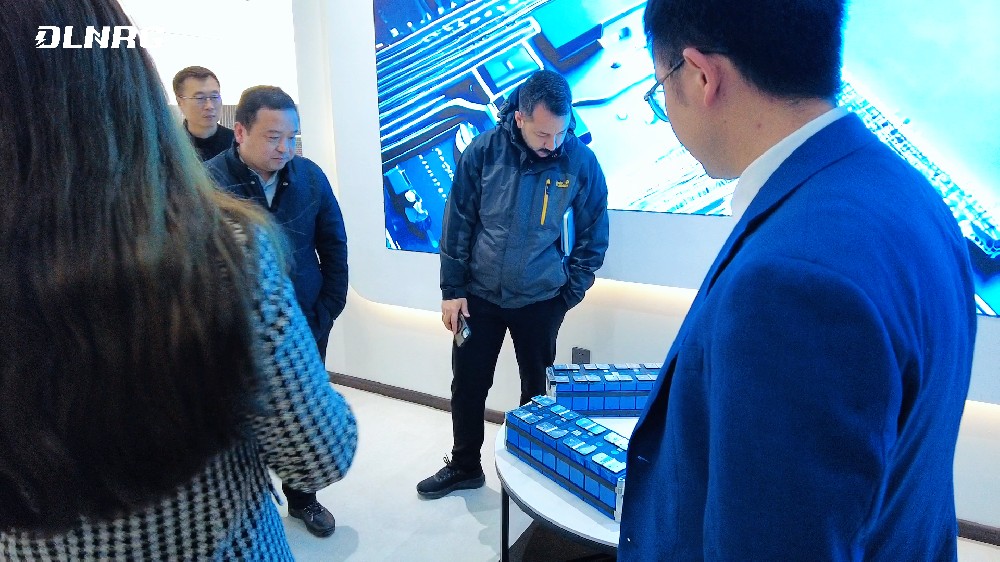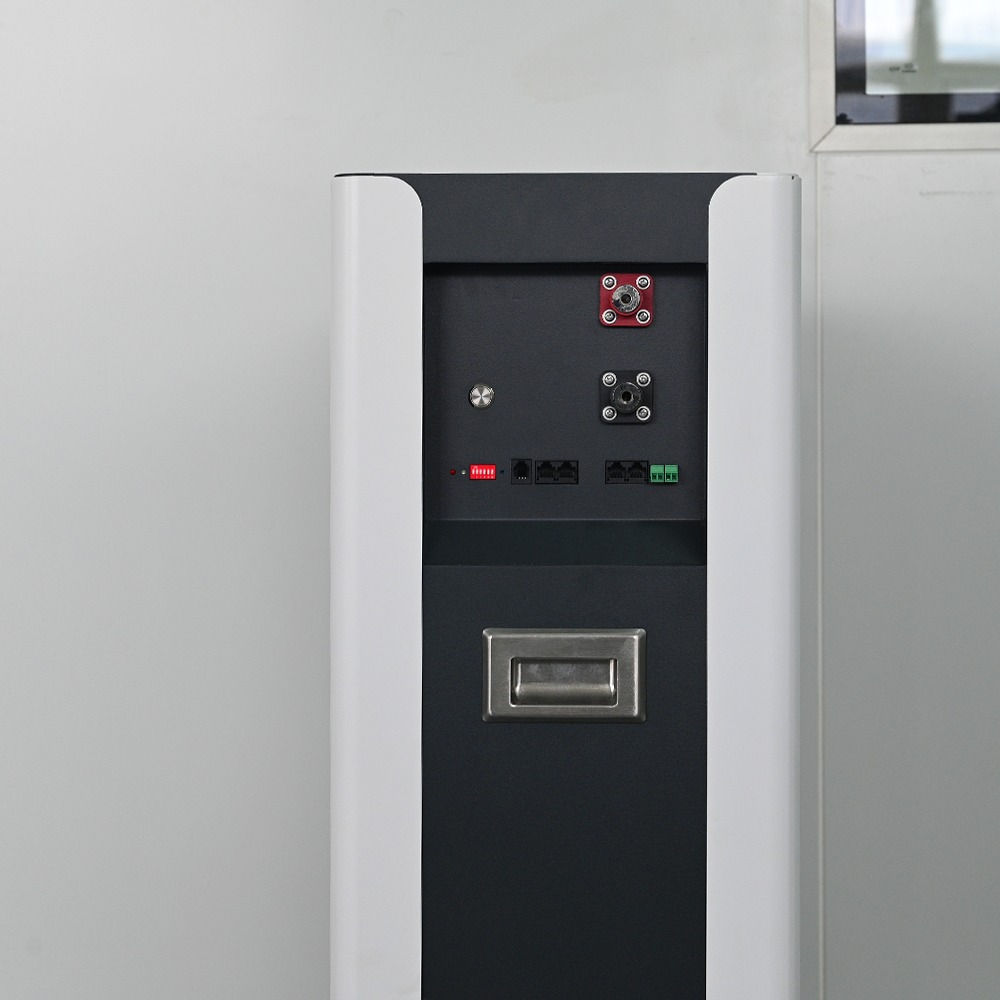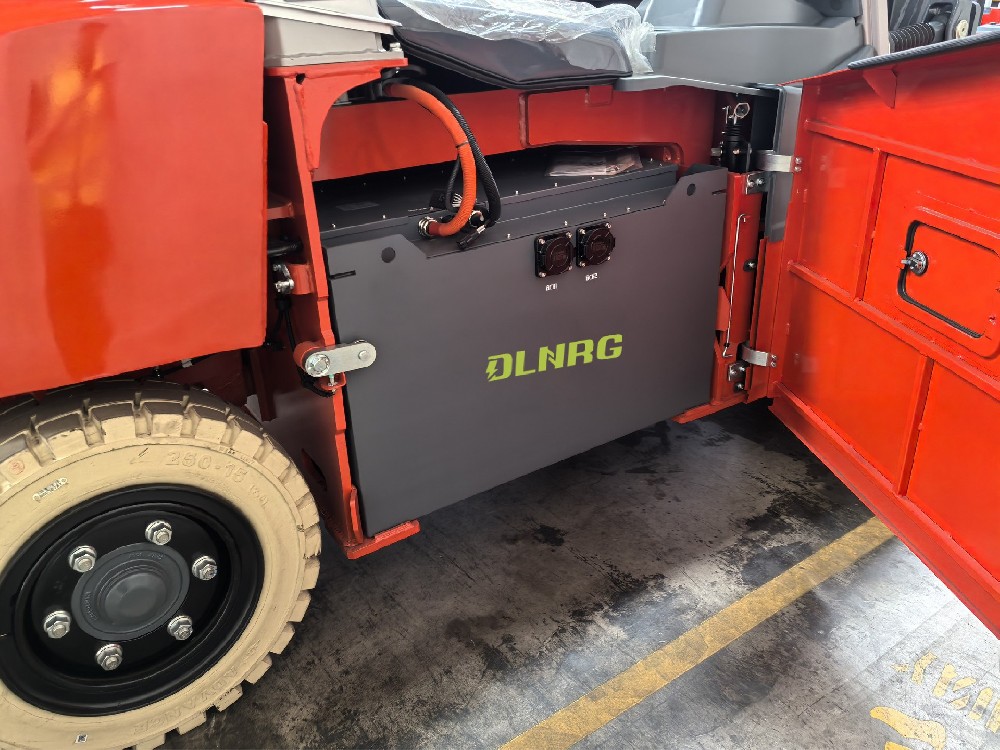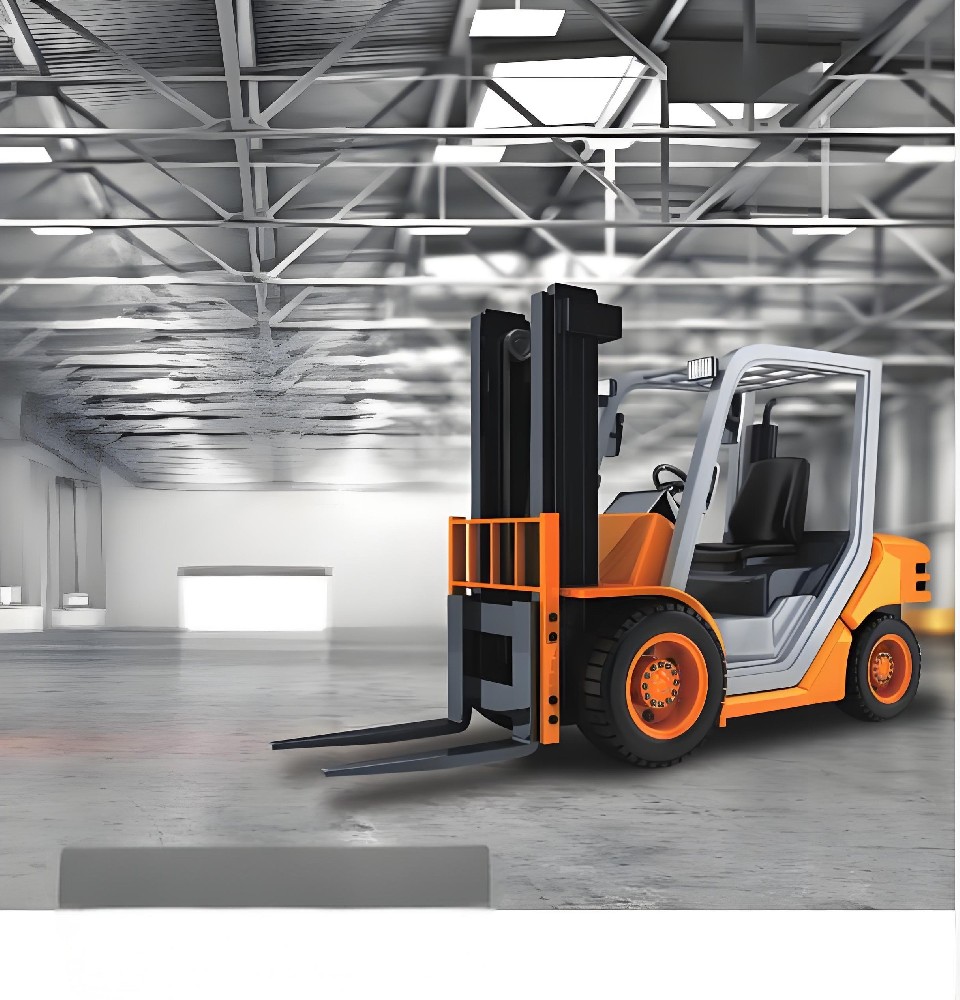With the booming electric vehicle market and the growing demand for renewable energy storage, lithium battery technology has become a key research focus. Among the many lithium battery technologies, lithium iron phosphate batteries (LFP) have gradually shown performance advantages over nickel-manganese-cobalt batteries (NMC) and nickel-cobalt-aluminum batteries (NCA) at the pack level with their superior safety and long life.
Although NMC and NCA show higher energy density in laboratory tests, this advantage is not obvious in practical applications. Theoretical calculations show that NMC and NCA have at least twice the specific energy and energy density of LFP. However, at the cell level, NMC only performs 1.5 times higher than LFP in these parameters, while at the pack level, the performance of the two chemical materials tends to be similar. In fact, the performance of NMC battery packs drops by 5 times in the laboratory and in practical applications, while the performance of LFP battery packs is relatively stable, about 37% of the theoretical level.
The main reason for this performance difference is that battery chemistry research focuses on single-cell performance and often ignores the reduction in specific energy and energy density indicators after the batteries are assembled into modules or packs. In addition, the popularity of LFP batteries and the development of cell-to-pack (CTP) technology have further strengthened the advantages of LFP batteries at the pack level.
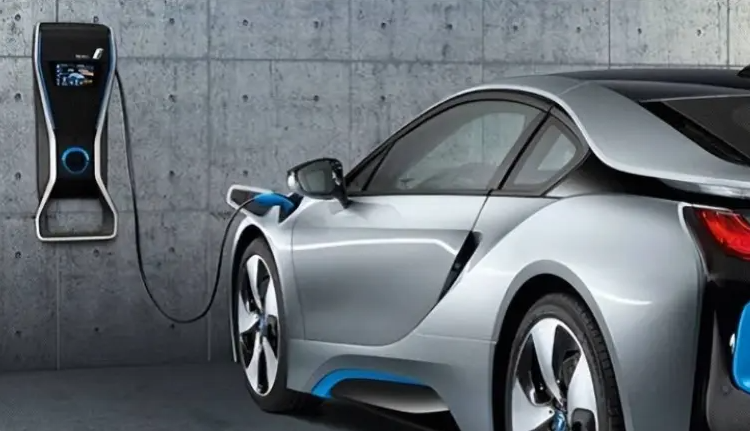
CTP technology aims to simplify the design and manufacture of lithium-ion batteries by integrating multiple cells into a single unit without the interconnections, connectors and other components required for traditional cell-to-module battery packs. This approach not only reduces the size, weight and cost of the battery, but also improves the overall performance and reliability of the battery pack. For LFP batteries, the application of CTP technology enables them to be designed for specific applications with greater precision and flexibility to meet the voltage and capacity requirements of the battery pack.
In addition to the technical advantages, LFP batteries are also favored by the market for their longer service life and higher safety. The flash point temperature of LFP batteries is significantly higher than that of NMC batteries, which means that thermal runaway is less likely to occur under harsh conditions. In addition, the raw material cost of LFP battery components is also lower than that of NMC components, because precious metals such as nickel and cobalt are expensive and often associated with unethical mining practices.
With the continuous progress at the battery cell level (such as improvements in electrolytes and membrane materials) and the pack level (such as the application of CTP technology), the performance of LFP batteries has also been significantly improved. Large-scale production has led to a sharp drop in the price of LFP battery cells, making LFP batteries the most convenient and affordable technology choice in many applications.
In summary, the performance advantages and market demand of LFP lithium batteries at the battery pack level make it one of the most popular technologies in the current market. With the continuous advancement of technology and the continuous reduction of costs, LFP batteries are expected to play a more important role in electric vehicles, off-road electric industrial vehicles, and renewable energy storage. For lithium battery users, it is crucial to understand the performance data of the battery pack and make an informed choice.
